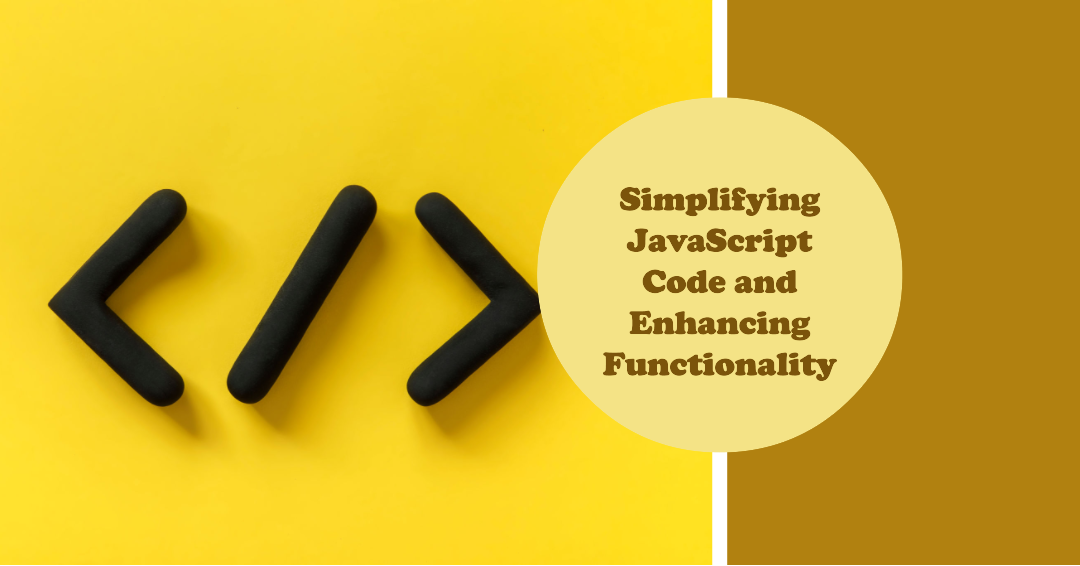Exploring the Boundless Scope of JavaScript
 Ankit Bajpai
Ankit Bajpai
JavaScript, the versatile and dynamic programming language, has emerged as the backbone of modern web development. Its incredible flexibility and wide array of use cases have led to its prominence not only in web development but also in a multitude of other domains. One of the key aspects that make JavaScript a powerhouse is its scope – the context in which variables, functions, and objects are accessible. In this blog, we'll delve into the captivating concept of scope in JavaScript and showcase its significance through a compelling industry example.
Understanding Scope in JavaScript
Scope refers to the area within the code where a particular variable or function is accessible. JavaScript employs two main types of scope:
Global Scope: Variables declared outside of any function or block are considered to be in the global scope. These variables can be accessed from any part of the code, both within and outside functions.
Local Scope: Variables declared inside a function are in the local scope and can only be accessed within that function.
The Significance of Scope
Understanding and managing scope is crucial to prevent unintended consequences and to write clean, organized, and efficient code. Properly scoped variables and functions prevent naming conflicts and memory wastage.
Example:
Let's illustrate the concept of scope using an e-commerce website's shopping cart implementation. Imagine you're tasked with developing the cart functionality for an online store.
// Global scope variables
let cartItems = [];
let totalAmount = 0;
function addToCart(item, price) {
// Local scope variables
let cartItem = {
item: item,
price: price
};
cartItems.push(cartItem);
totalAmount += price;
console.log(`${item} added to cart.`);
}
function checkout() {
console.log("Items in cart:");
for (let i = 0; i < cartItems.length; i++) {
console.log(`${i + 1}. ${cartItems[i].item} - $${cartItems[i].price}`);
}
console.log(`Total Amount: $${totalAmount}`);
}
addToCart("Product A", 25);
addToCart("Product B", 15);
checkout();
In this example, the cartItems and totalAmount variables are declared in the global scope to make them accessible throughout the script. The addToCart function, however, creates a cartItem object within its local scope. This encapsulation ensures that each item is properly isolated with its own details and doesn't interfere with other items.
Benefits and Takeaways
Modularity: Utilizing local scope within functions promotes modularity, allowing developers to manage distinct functionalities with minimal interference.
Data Encapsulation: Local scope helps encapsulate data, reducing the chances of unintended modifications or data corruption.
Code Maintainability: Properly scoped variables and functions make code easier to understand, debug, and maintain, especially in larger projects.
Conclusion
The concept of scope in JavaScript is a pivotal element that influences the organization, efficiency, and maintainability of your code. By grasping the difference between global and local scope and utilizing it strategically, you can develop robust applications that meet the demands of modern development. As exemplified by the e-commerce shopping cart scenario, scope empowers developers to create clean, modular, and efficient code that drives innovation across industries.
Subscribe to my newsletter
Read articles from Ankit Bajpai directly inside your inbox. Subscribe to the newsletter, and don't miss out.
Written by

Ankit Bajpai
Ankit Bajpai
I am an innovative and observant full stack developer with expertise in JavaScript, React, Redux, Express, and Node. My passion lies in utilizing my analytical and engineering skills to create practical solutions and enhance my knowledge in the field. I thrive in a collaborative team environment and believe in leveraging my skills to contribute to the success of projects. With a strong background in full stack development, I bring a comprehensive understanding of frontend and backend technologies. I am proficient in JavaScript and have hands-on experience with popular frameworks and libraries such as React and Redux. On the backend, I am skilled in working with Express and Node.js to build robust and scalable applications. As a team player, I find great joy in working with people to align our efforts with the business objectives. Collaborative processes inspire me, as they pave the way for innovative ideas to flourish. I embrace the challenges that come with leadership roles, and I thrive when fostering an environment that encourages creativity and open communication. Beyond my technical expertise, I am truly passionate about my work and always eager to connect with like-minded professionals. I believe in continuous learning and strive to stay updated with the latest industry trends and advancements. This drive for growth motivates me to explore new opportunities and push the boundaries of my capabilities. If you are interested in connecting or discussing potential collaborations, I would be delighted to connect and explore how we can mutually benefit from our expertise and experiences.